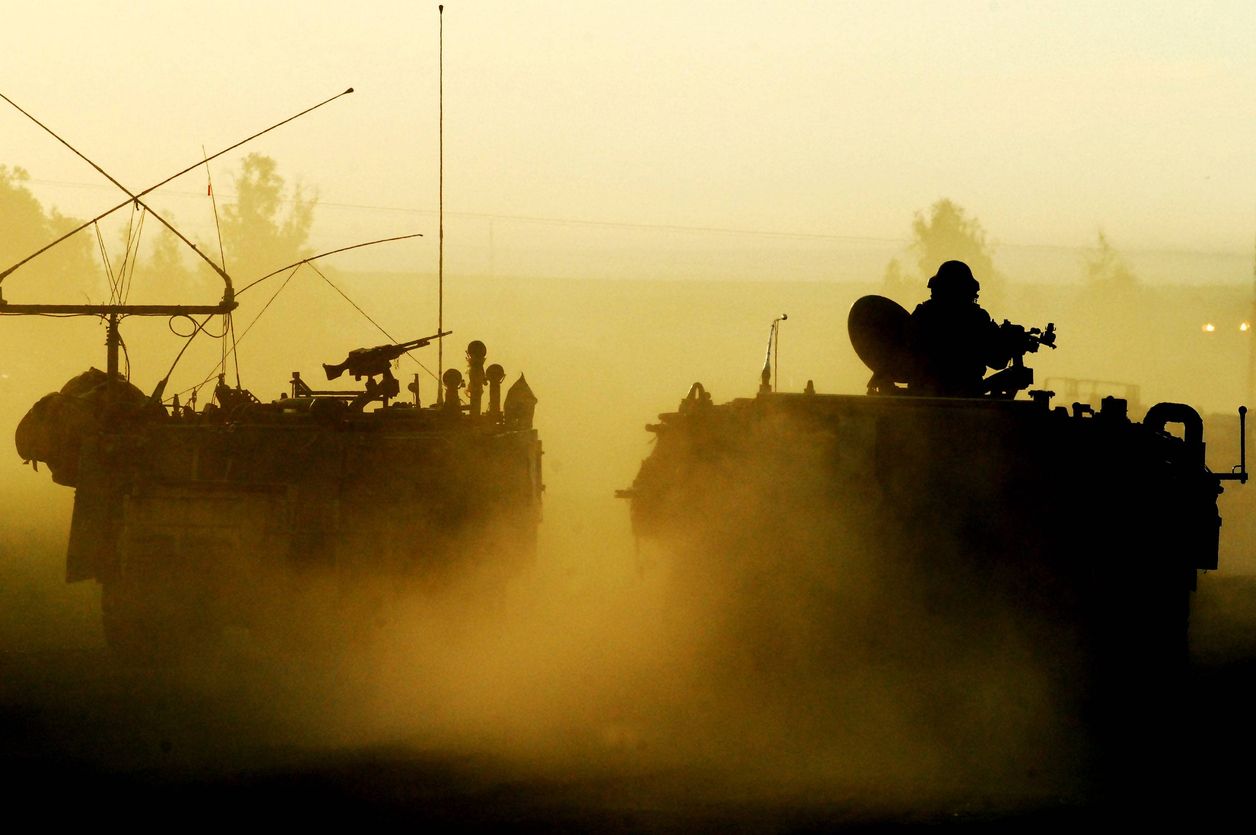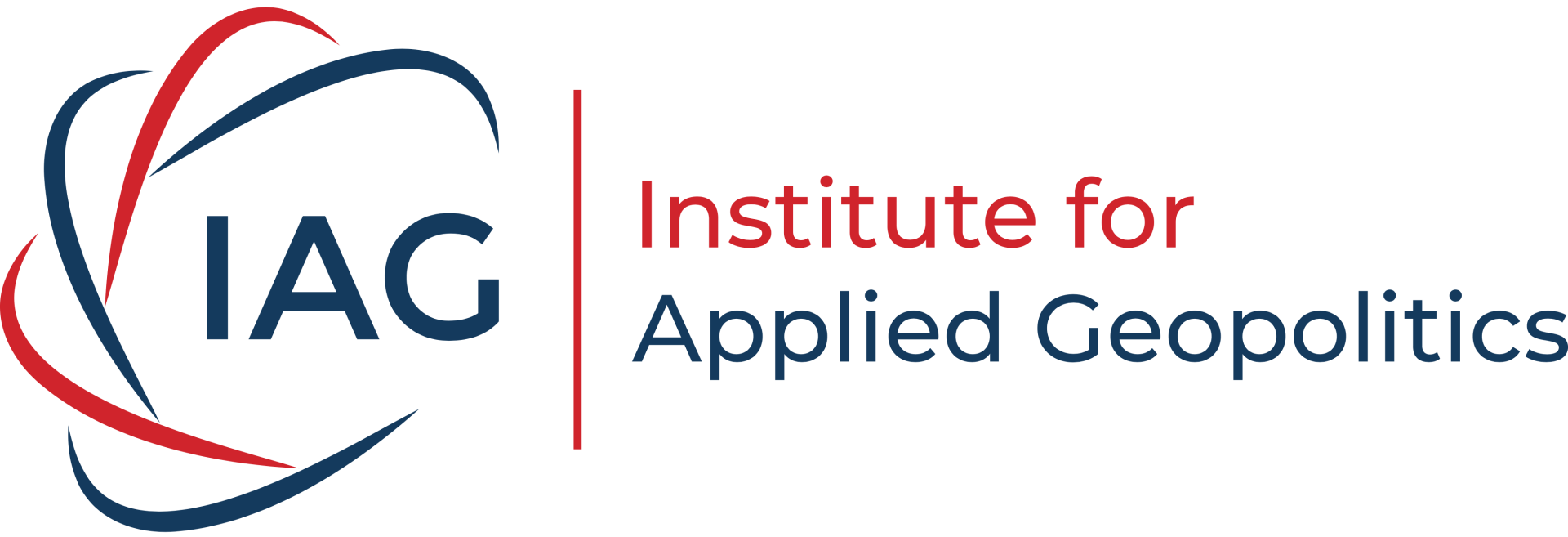Gaza War Escalates: Hospital Strike, Famine Conditions, and Rising Regional Tensions

iStock.com/chameleonseye
Intelligence Summary
On August 25, 2025, Israeli forces carried out a double-tap strike on Nasser Hospital in Khan Younis, southern Gaza, killing at least 21 people, including five journalists as well as medics and rescue workers. The journalists killed were identified as Mohammad Salama of Al Jazeera, Hussam al-Masri of Reuters, Mariam Abu Daqqa, a freelancer for the Associated Press, Moaz Abu Taha, and Ahmed Abu Aziz. The attack was widely condemned by international organizations, press freedom groups, and governments, with Germany, the United Kingdom, and Qatar calling for investigations. Reports indicate that approximately 200 journalists have been killed in Gaza during the 22-month conflict, making it one of the deadliest wars for media workers in modern history.
The Israeli government described the incident as a tragic mishap, with Prime Minister Benjamin Netanyahu emphasizing that Israel’s war was directed against Hamas and not civilians or journalists. The Israeli military confirmed it had conducted a strike in the area of the hospital and announced an initial inquiry, while denying that journalists were targeted. However, reports from local officials and international media indicated that the strike followed a double-tap pattern, with the second missile hitting as journalists and rescuers rushed to the scene.
The humanitarian situation in Gaza has deteriorated further, with the UN Office for the Coordination of Humanitarian Affairs confirming famine conditions in Gaza governorate. More than 2,000 Palestinians have been killed and 13,500 wounded while seeking aid at distribution points or along convoy routes. Gaza’s Civil Defence reported that 1,000 buildings in Gaza City had been destroyed since August 6th, trapping hundreds under rubble. The UN and humanitarian organizations have warned of worsening malnutrition among children, with Gaza’s Health Ministry reporting 300 deaths from hunger and malnutrition, including 117 children.
Israeli Chief of Staff Lieutenant-General Eyal Zamir stated that a deal was on the table to free captives held in Gaza, but warned that the ongoing offensive in Gaza City endangered their lives. He argued that military pressure had created conditions for a potential exchange, with Hamas reportedly accepting a proposal for a 60-day truce involving humanitarian aid and prisoner swaps. Tens of thousands of Israelis have protested, demanding that Prime Minister Netanyahu prioritize hostage recovery over continued military escalation.
In Lebanon, Hezbollah Secretary-General Naim Qassem rejected calls for disarmament, insisting that Israel must first comply with the November 2024 ceasefire by withdrawing from occupied Lebanese territory and halting airstrikes. He declared that Hezbollah would not abandon its weapons, which he described as essential for Lebanon’s sovereignty. Israel, however, announced readiness to support Lebanon’s disarmament plan and consider a phased reduction of its military presence in southern Lebanon if Hezbollah disarms. Netanyahu described Lebanon’s cabinet decision to pursue Hezbollah’s disarmament by the end of 2025 as momentous, but Hezbollah has vowed to resist, raising fears of renewed conflict.
Meanwhile, Israel expanded its regional operations. In Syria, Damascus accused Israel of a new military incursion near Mount Hermon, where 60 Israeli soldiers reportedly entered Syrian territory and detained six civilians. Syrian Foreign Minister Asaad al-Shaibani condemned the incursion as a violation of the 1974 Disengagement Agreement and part of Israel’s expansionist agenda. Reports also indicated that Syria’s interim President Ahmed al-Sharaa was in advanced talks with Israel on a security agreement that would bar Syria from rebuilding its army, in exchange for reconstruction aid from the US and Gulf countries.
The crisis has also drawn international economic consequences. Norway’s sovereign wealth fund, the world’s largest, divested from five Israeli banks and US firm Caterpillar, citing their role in the violations of humanitarian law.
Why it Matters
The escalation in Gaza, Lebanon, and Syria illustrates how the Israel-Palestine conflict has expanded into a multi-front regional crisis with global implications. The Nasser Hospital strike highlights the growing international perception that Israel is disregarding international humanitarian law. The killing of journalists and medical workers has intensified calls for accountability, with Germany, the UK, and UN agencies demanding investigations. This undermines Israel’s diplomatic standing, even among allies, and risks galvanizing international legal and economic measures such as sanctions or arms embargoes. Norway’s divestment decision demonstrates how financial institutions are beginning to translate humanitarian concerns into concrete economic actions, potentially setting a precedent for broader sanctions or boycotts.
The humanitarian catastrophe in Gaza, with famine conditions confirmed and thousands killed while seeking aid, is not only a moral crisis but also a strategic liability. The deliberate targeting of aid seekers and restrictions on medical access erode Israel’s claims of proportionality and self-defense, strengthening the case for international legal action. The famine also risks destabilizing neighboring states, particularly Egypt and Jordan, by increasing refugee flows and fueling anti-Israel sentiment across the Arab world.
The hostage issue further complicates Israel’s strategy. Military leaders have warned that continued offensives endanger captives, while Hamas has signaled willingness to negotiate under international mediation. This creates a divergence between military pragmatism and political leadership, with Netanyahu facing domestic protests demanding prioritization of hostage recovery. Failure to secure a deal could deepen internal divisions within Israel and weaken Netanyahu’s political position.
In Lebanon, the standoff over Hezbollah’s disarmament underscores the intersection of US diplomacy, Israeli security concerns, and Lebanese sovereignty. While Israel has offered phased troop reductions, Hezbollah’s categorical rejection of disarmament reflects its role as both a political actor and a resistance force. The risk of renewed conflict remains high, particularly as Israeli airstrikes continue despite the ceasefire. The disarmament plan also risks destabilizing Lebanon internally, as Hezbollah has warned of civil conflict if disarmament is pursued by force.
Israel’s operations in Syria expand the conflict beyond the immediate Gaza-Lebanon theater. Incursions near Mount Hermon and negotiations over a demilitarization agreement reveal Israel’s intent to secure long-term strategic depth against Iranian influence. However, barring Syria from rebuilding its army could entrench instability and create conditions for proxy warfare, particularly if opposition groups or regional powers reject the arrangement.
The broader geopolitical significance lies in the convergence of competing global interests. great power competition. The US remains Israel’s primary backer, but its credibility is strained by association with actions widely condemned as war crimes. Russia and China are likely to exploit this narrative to strengthen ties with Arab and Global South states. Meanwhile, Gulf countries face a dilemma: balancing reconstruction aid to Syria and Lebanon with their own normalization processes with Israel.
The crisis also highlights the weaponization of economic and financial tools. Norway’s divestment signals that Western institutions are increasingly willing to penalize Israel for its conduct, potentially leading to wider financial isolation. If replicated by other sovereign wealth funds or pension funds, this could impact Israel’s access to global capital markets.
In sum, the Middle East conflict is no longer confined to Gaza but is reshaping regional alignments, testing international law, and becoming a focal point for strategic rivalry among international powers.The combination of humanitarian catastrophe, contested ceasefires, and cross-border military operations makes this one of the most volatile geopolitical flashpoints of 2025.
Key Actors
- Israel - Hamas - Hezbollah - Lebanon - Syria - United States

